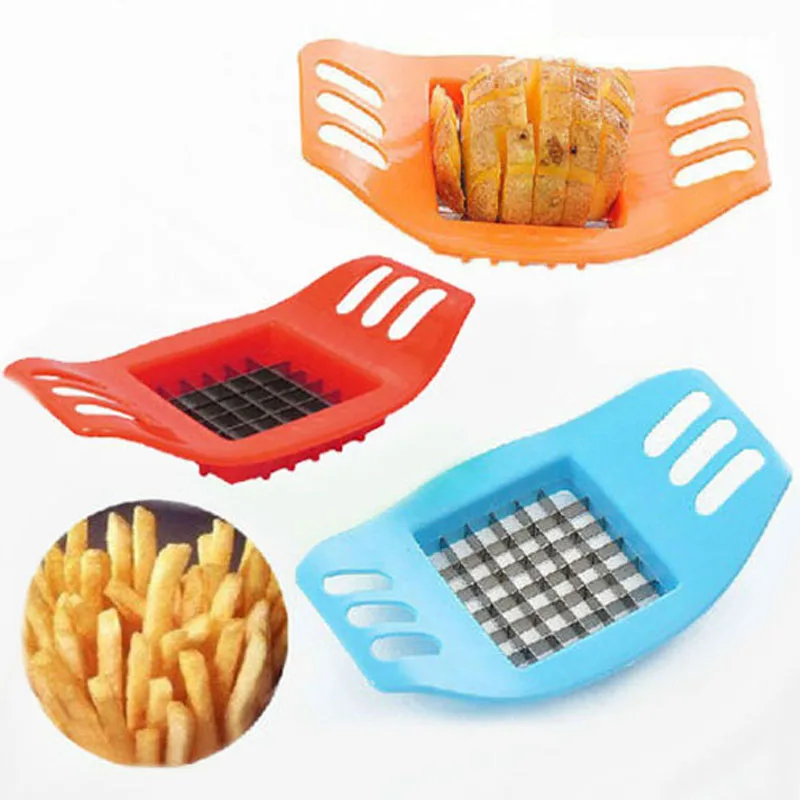

We discuss the data and explore the tool versus core debate also in light of a sample of 50 flake cores made on pebbles/cobbles retrieved from the same archeological layer. The chopping tools exhibit extraordinarily well-preserved bone residues suggesting they were used mainly for bone-breaking and marrow acquisition. A few of the tools were also used for cutting and scraping activities, while some also served as cores for further flake detachment. Here we show that most of the chopping tools were used to chop hard and medium materials, such as bone, most probably for marrow extraction. We combined typo-technological and functional studies with a residue analysis aimed at shedding light on their functional role within the tool-kits of the inhabitants of the site.

In this paper, we wish to draw attention to these prominent and ubiquitous early lithic artifacts through the investigation of 53 chopping tools retrieved from a specific context at Late Acheulean Revadim (Israel). Despite their widespread distribution through time and space in Africa and Eurasia, little attention has been paid to the function of these items, while scholars still debate whether they are tools or cores. Chopping tools were manufactured and used by early humans for more than two million years regardless of differences in geography, climate, resource availability, or major transformations in human cultural and biological evolution. These artifacts appeared for the first time ~2.5 million years ago in Africa and are characteristic of the Oldowan and Acheulean cultural complexes throughout the Old World.

Chopping tools/choppers provide one of the earliest and most persistent examples of stone tools produced and used by early humans.


 0 kommentar(er)
0 kommentar(er)
